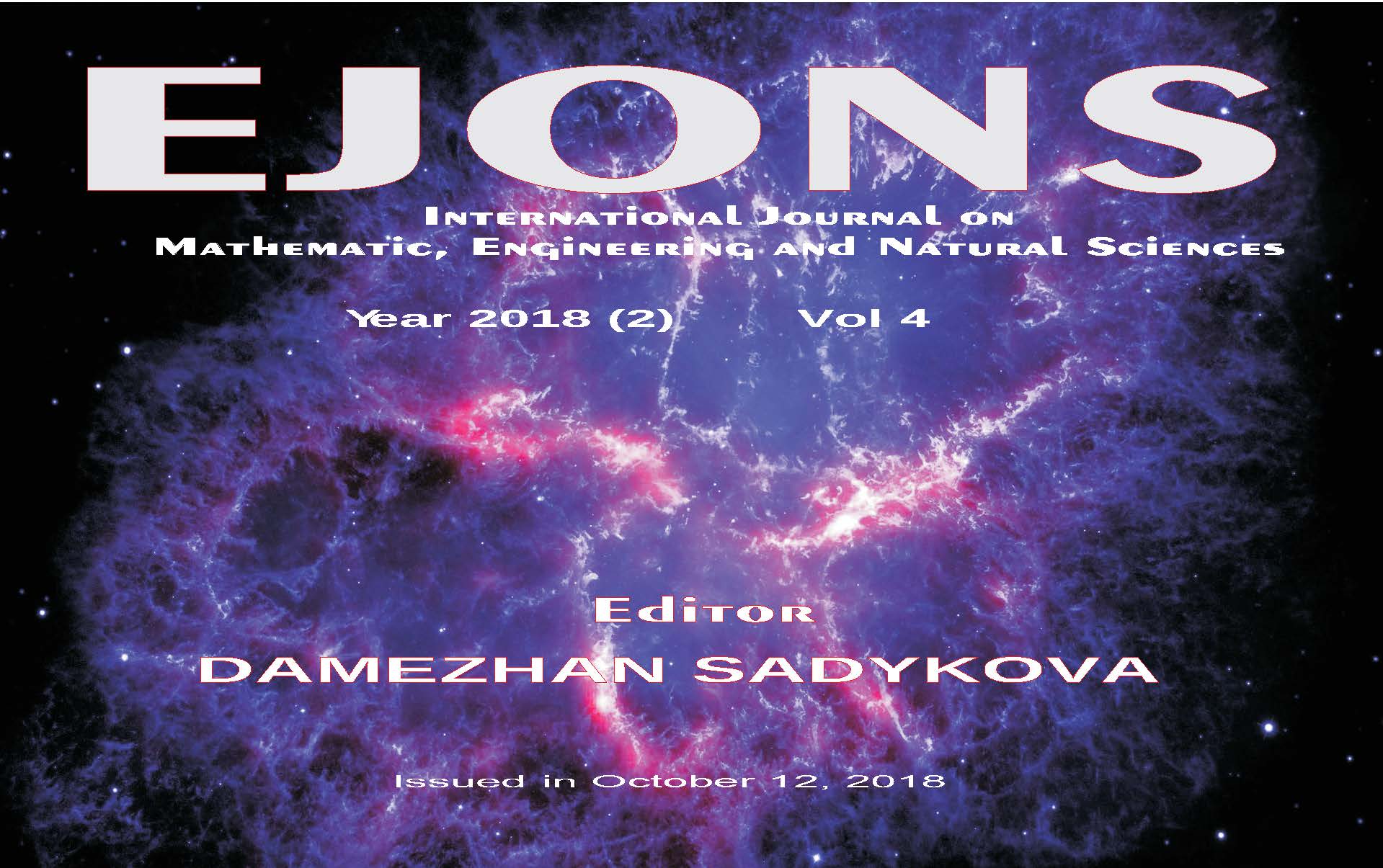INVESTIGATION OF THE EFFECT OF DICLOFENAC SODIUM AND THYMOQUINONE EXPOSURE IN PREGNANCY ON THE NUMBER OF RAT SPERMATOGONIUM CELLS BY STEREOLOGICAL METHODS
Keywords:
Diclofenac sodium, Rat, Spermatogonium, Stereology, ThymoquinoneAbstract
Diclofenac sodium (DS) is a nonsteroidal antiinflammatory (NSAID) drug that has analgesic, antipyretic and antiinflammatory effect. Thymoquinone, the active constituent of Nigella sativa, has bright yellow crystal. The aim of this study was to investigate the effects of diclofenac sodium and thymoquinone applied in pregnancy on the number of spermatogonium cells by stereological methods. Pregnant rats were separated into Control, Saline (SF), Diclofenac Sodium (DS), Thymoquinone (TQ) and Diclofenac Sodium + Thymoquinone (DS + TQ) groups. DS and TQ was given between days 5and 15 of gestation. At the end of the postnatal tenth week, rats were perfused under anesthesia and the right testes were removed. it was embedded in the paraffin. Sections were examined with light microscope. Stereologically, the physical disector method for total cell number of spermatogonium, and the Cavalieri principle for total testis volume were applied. As a result, diclofenac sodium and thymoquinone not caused a significant change on total cell number of spermatogonium in ten week old rats (p >0.05).
Downloads
Published
How to Cite
Issue
Section
License

This work is licensed under a Creative Commons Attribution-NonCommercial 4.0 International License.


